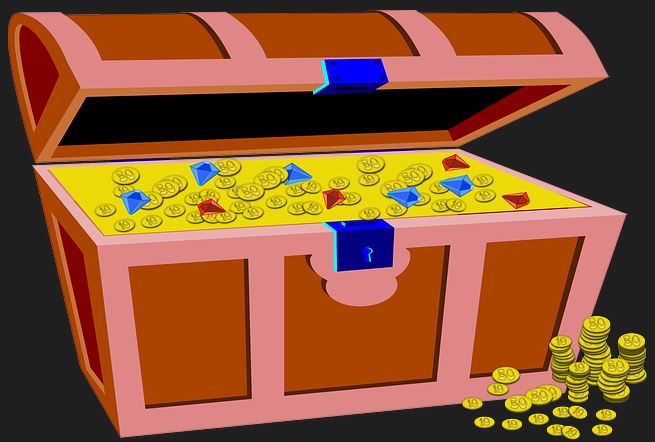Government Spending and Inflation. Part 14B – Deflation
This is the second of two posts to analyze the eleven significant deflationary periods for the years 1914-2022. The first post was Part 14A.1

From image by Nicolae Baltatescu from Pixabay
This is the second of two posts to analyze the eleven significant deflationary periods for the years 1914-2022. The first post was Part 14A.1

From image by Nicolae Baltatescu from Pixabay
We have failed to find systematic relationships between consumer inflation and federal deficit spending over long time periods. This is a continuation of looking at each period of significant inflation and disinflation/deflation individually. Parts 13A1 and 13B2 analyzed the ten significant inflation periods since 1914. This is the first of two posts to analyze the eleven significant deflationary periods for the years 1914-2022.

From photo by Guillaume de Germain on Unsplash
Since the Great Financial Crisis of 2008, there have been headlines such as Europe banks hoarding ECB cash, threatening credit crunch (2012), Banks across Europe are considering taking a drastic step to avoid negative rates (2016), and Bank of America Clients Hoard Cash at Highest Level in Two Decades (2022). This first became a problem in the US during the Dot.com Crash (2001) and the GFC – and then shifted to Europe. After all this time, we in America might have a more dispassionate view of the issue. But the third reference above shows the problem of hoarding money persists.

Image credit: Pixabay, Public Domain.